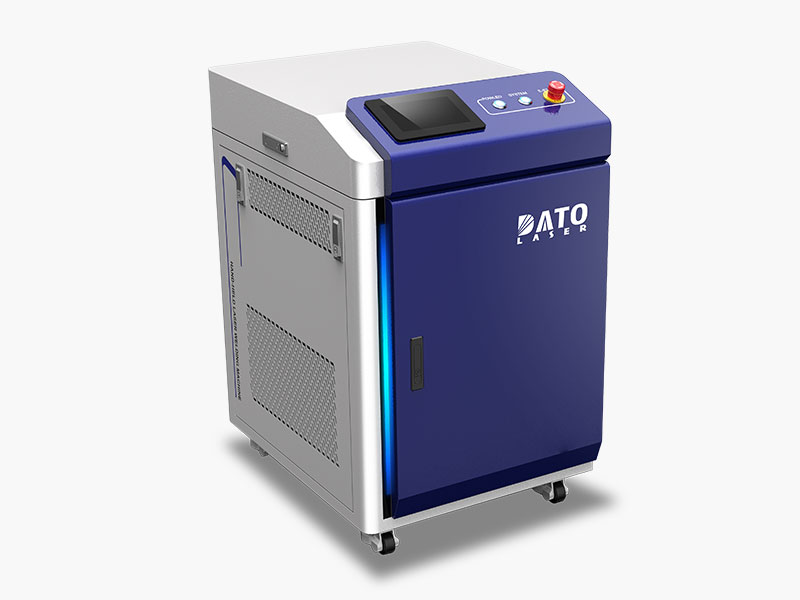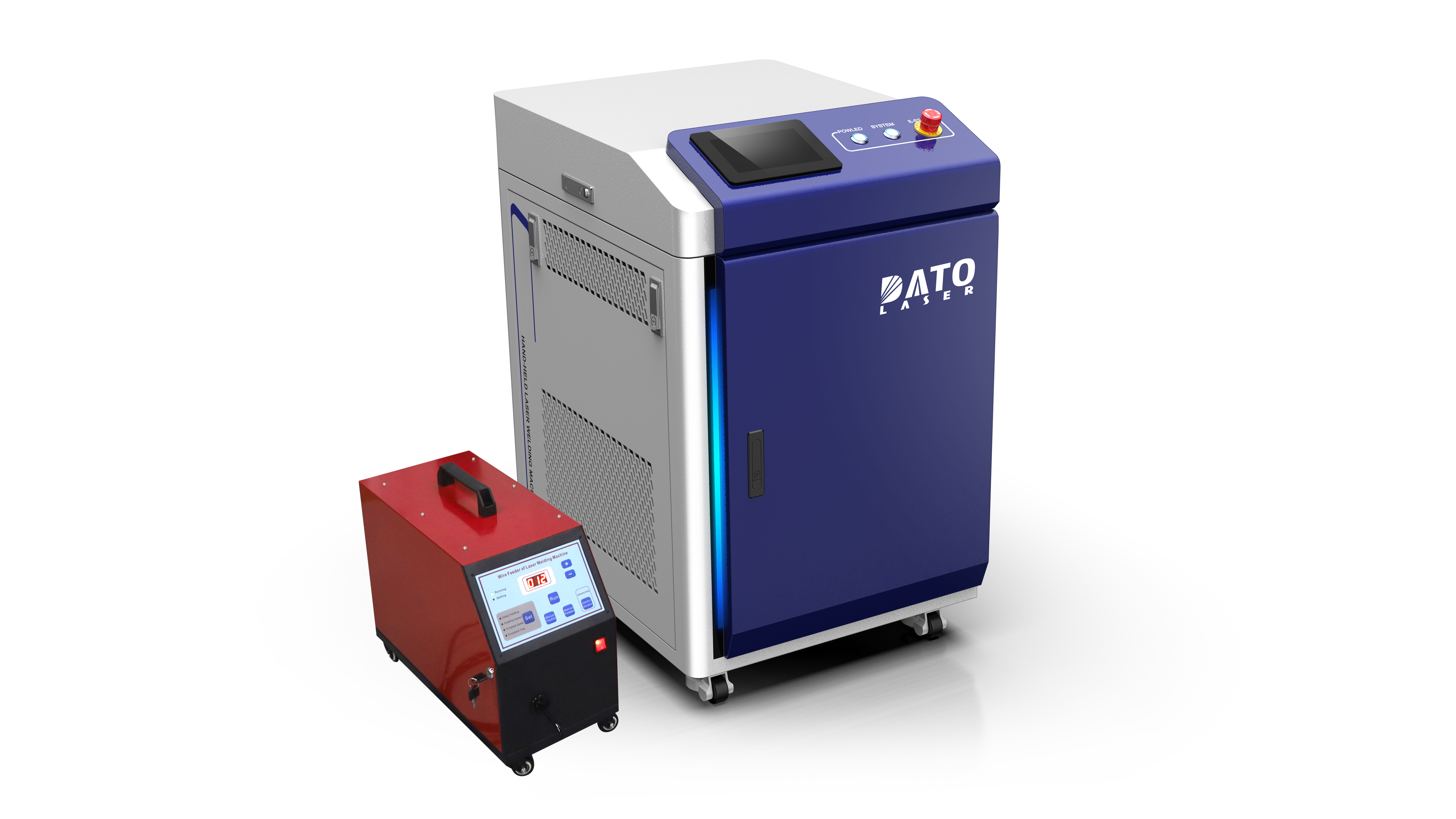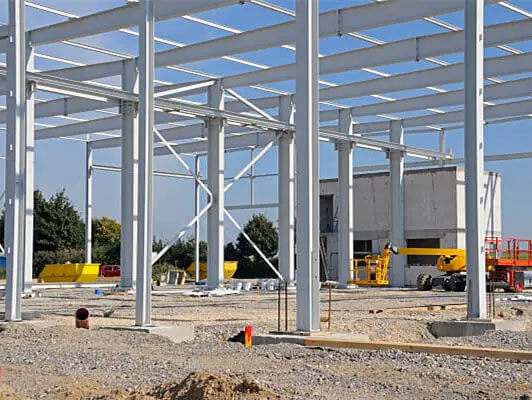Key Factors Affecting Laser Welding Speed and Efficiency: A Comprehensive Guide

Understanding Laser Welding Fundamentals
At Dato & Leapion, our 17 years of experience in laser technology has taught us that achieving optimal welding speed and efficiency requires a deep understanding of multiple interconnected factors. This comprehensive guide explores these critical elements and their impact on welding performance.
The Relationship Between Speed and Efficiency
Before diving into specific factors, it's important to understand that welding speed and efficiency are closely related but distinct concepts. Speed refers to the linear travel rate of the laser beam, while efficiency encompasses the overall effectiveness of the energy transfer and quality of the resulting weld.
Material Properties and Their Impact
Material Thickness Considerations
The thickness of materials being welded significantly influences processing speed. Our research laboratory has established that thicker materials generally require:
Power Density Requirements
Higher material thickness demands increased power density to maintain adequate penetration depth. Our advanced fiber laser welding systems automatically adjust power settings based on material thickness.
Speed Adjustments
Thicker materials typically require slower welding speeds to ensure complete penetration and proper heat distribution throughout the joint.
Material Composition Effects
Different materials exhibit varying thermal properties that directly impact welding speed:
Thermal Conductivity
Materials with high thermal conductivity, such as copper and aluminum, require higher power inputs and often slower welding speeds to achieve proper fusion.
Melting Point Variations
The melting point of materials determines the energy required for welding, directly affecting the maximum achievable speed while maintaining quality.
Laser Parameters and System Settings
Power Output Configuration
The laser power output is a fundamental factor in determining welding speed:
Power-Speed Relationship
Higher power levels generally allow for increased welding speeds, but must be balanced against other factors such as heat affected zone size and material distortion.
Pulse Parameters
When using pulsed laser systems, the pulse duration, frequency, and peak power all influence the maximum achievable welding speed.
Focal Point Optimization
The focal point position and characteristics play a crucial role in welding efficiency:
Focal Length
Proper focal length selection affects the power density at the workpiece and influences both penetration depth and welding speed.
Spot Size Control
Smaller spot sizes generally allow for higher speeds due to increased power density, but may require more precise positioning systems.
Environmental and Process Conditions
Shielding Gas Considerations
The shielding gas system significantly impacts welding speed and efficiency:
Gas Flow Dynamics
Proper gas flow ensures adequate protection of the weld pool while preventing turbulence that could affect weld quality.
Gas Type Selection
Different shielding gases have varying effects on welding speed and efficiency. Our systems typically use argon or helium-based mixtures optimized for specific applications.
Surface Preparation Requirements
Surface condition directly affects achievable welding speeds:
Cleanliness Standards
Well-prepared surfaces allow for higher welding speeds by reducing the risk of contamination and ensuring consistent energy absorption.
Surface Finish
The reflectivity and roughness of the material surface influence laser energy absorption and, consequently, welding speed.
Advanced Control Systems and Automation
Real-time Monitoring Solutions
Our advanced monitoring systems help maintain optimal speed and efficiency:
Process Feedback
Continuous monitoring of key parameters allows for real-time adjustments to maintain optimal welding conditions.
Quality Assurance
Integrated quality monitoring systems help ensure that increased speeds don't compromise weld quality.
Automation Integration
Modern automation systems enhance both speed and efficiency:
Motion Control
Precise motion control systems enable higher welding speeds while maintaining accuracy.
Program Optimization
Advanced programming capabilities allow for optimized welding paths and parameters.
Industry-Specific Considerations
Automotive Manufacturing Requirements
The automotive industry demands high-speed welding solutions:
Production Volume Demands
High-volume production requirements necessitate optimized welding speeds without compromising quality.
Material Variety
Different automotive materials require specific parameter sets for optimal speed and efficiency.
Electronics Industry Applications
Electronics manufacturing presents unique challenges:
Precision Requirements
High precision requirements often necessitate careful balancing of speed and accuracy.
Heat Sensitivity
Heat-sensitive components require carefully controlled welding speeds to prevent damage.
Optimization Strategies
Parameter Development
Developing optimal parameters requires systematic approach:
Testing Procedures
Comprehensive testing protocols help identify the best combination of parameters for specific applications.
Documentation Methods
Detailed documentation of successful parameters enables consistent reproduction of optimal results.
Efficiency Improvements
Continuous improvement strategies enhance overall efficiency:
Process Analysis
Regular analysis of welding processes helps identify opportunities for speed and efficiency improvements.
Technology Updates
Keeping systems updated with the latest technology ensures maximum performance potential.
Conclusion
Understanding and optimizing the factors affecting laser welding speed and efficiency is crucial for successful manufacturing operations. At Dato & Leapion, we continue to invest in research and development to push the boundaries of what's possible in laser welding technology. Our expert team is always available to help customers optimize their welding processes for maximum productivity and quality.
For more information about optimizing your laser welding operations or to discuss specific applications, please contact our technical support team. We're committed to helping you achieve the perfect balance of speed, efficiency, and quality in your laser welding processes.
Related Blogs
-
 Exploring the Safety, Precision, and Industrial Benefits of Laser Surface CleaningIn today’s fast-paced industrial world, where quality, efficiency, and sustainability are top priorities, manufacturers are constantly seeking better ways to clean metal surfaces without compromising material integrityBlog
Exploring the Safety, Precision, and Industrial Benefits of Laser Surface CleaningIn today’s fast-paced industrial world, where quality, efficiency, and sustainability are top priorities, manufacturers are constantly seeking better ways to clean metal surfaces without compromising material integrityBlog -
 A Complete Guide by DATO and LeapionIn modern industry, surface preparation and maintenance play a crucial role in achieving high-quality manufacturing results. Laser cleaning machines have emerged as one of the most innovative, efficient, and environmentally friendly tools for removing contaminantsBlog
A Complete Guide by DATO and LeapionIn modern industry, surface preparation and maintenance play a crucial role in achieving high-quality manufacturing results. Laser cleaning machines have emerged as one of the most innovative, efficient, and environmentally friendly tools for removing contaminantsBlog -
 Laser cleaning machines are revolutionizing industrial surface cleaning by offering a faster, safer, and more eco-friendly alternative to traditional methods. Whether removing rust, paint, oil, oxide, or other surface contaminants, laser cleaning has become a cutting-edge solution in manufacturing,Blog
Laser cleaning machines are revolutionizing industrial surface cleaning by offering a faster, safer, and more eco-friendly alternative to traditional methods. Whether removing rust, paint, oil, oxide, or other surface contaminants, laser cleaning has become a cutting-edge solution in manufacturing,Blog -
 Introduction: Transforming EV Battery Manufacturing Through Laser TechnologyThe electric vehicle revolution has accelerated dramatically over the past decade, bringing with it unprecedented challenges and opportunities in battery manufacturing. As global automakers commit billions to electrificationBlog
Introduction: Transforming EV Battery Manufacturing Through Laser TechnologyThe electric vehicle revolution has accelerated dramatically over the past decade, bringing with it unprecedented challenges and opportunities in battery manufacturing. As global automakers commit billions to electrificationBlog















